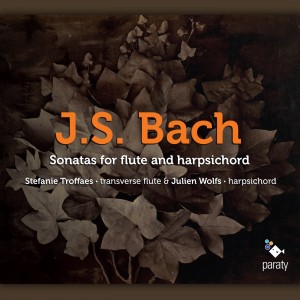

In the day when Bach lived and worked, lyrics and music were closely interwoven. Employing a fairly rational approach in his cantatas, for example, Bach tried to replicate the emotionally-charged words in the music. The narrative power of Bach’s vocal and instrumental music did not come from nowhere, though. There are overlaps with a certain branch of classics, where the expressiveness of the word was central, namely rhetoric.
After all, in classical antiquity, speakers often looked for ways of adding more weight to what they wanted to say. That is how the discipline rhetoric came to pass, the art of speaking in the most persuasive manner possible. Through a number of techniques, you could compose your argument in a way that capitalized on eloquence. Speakers employed pauses, voice rises, emphatic repetition and arguments that led to a climax. It is very likely that those speakers enjoyed more success than those who recited the same content but in a monotonous voice.
During the course of the 16th century, treatises from classical antiquity were rediscovered, in which Cicero and Aristotle, among others, described how the ‘art of persuasion’ works. The interest in linking those ideas to the musical creative process grew in the 17th century. When in the early Baroque, the accompanied monody developed, music was entirely at the service of what was being conveyed in the lyrics. Consequently, the musical, rhetorical techniques came to emphasise the content of the text. At the same time, from the 17th century onwards, instrumental music was very much gaining ground within the repertoire, and we note that the same rhetorical techniques were used to lend this type of music the necessary powers of expression. Johann Mattheson, composer and contemporary of Bach, explicitly stated in his treatise Der vollkommene Capellmeister (1739) that a rhetorical narrative is just as important in purely instrumental music.
A composer like Bach, based on a selection of rhetorical resources, would have attempted to evoke in the listener the affect that he had in mind. In the Baroque period, this affect was not in any way related to the composer’s personal emotions, unlike the Romantic period, when this was very much the case. In fact, it is not even confirmed that the rhetorical techniques were used to start the compositional process. What we do know is that those techniques were present in the composition and that they were very effective. In fact, this is where the performers have an important role to play. They have to identify the assets that are present in the composition and ‘switch on’ – as it were – their narrative power, so that the music really beings to ‘speak’ to the listeners.